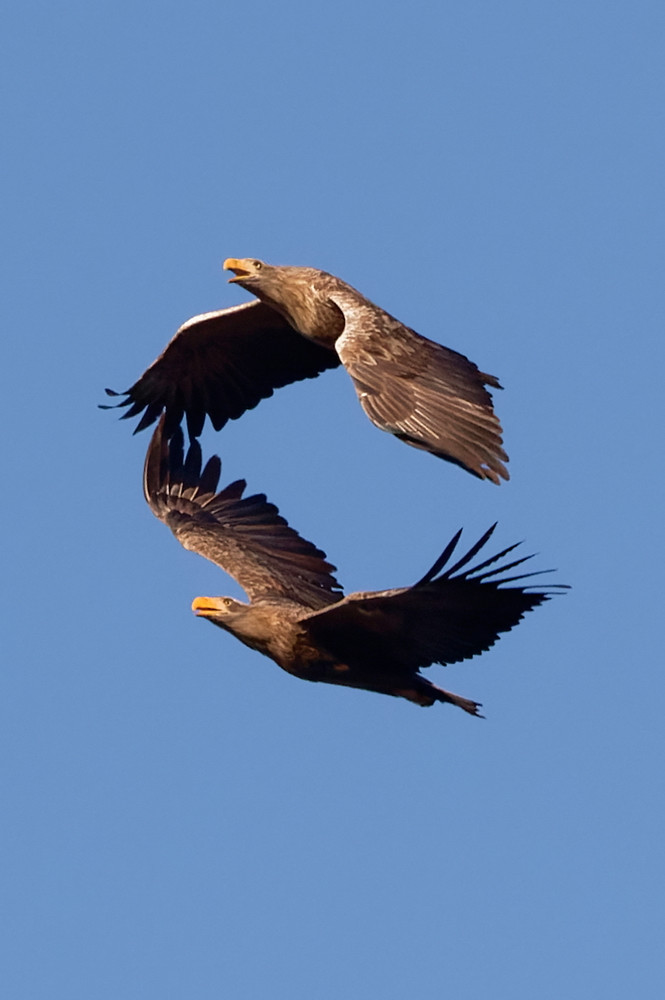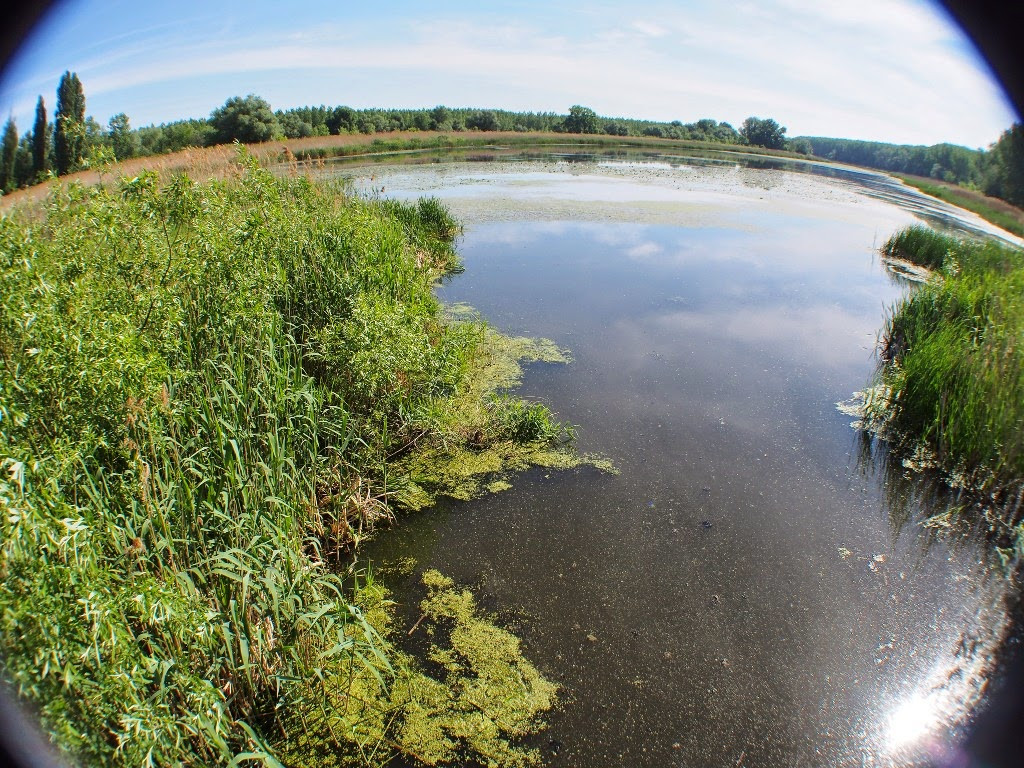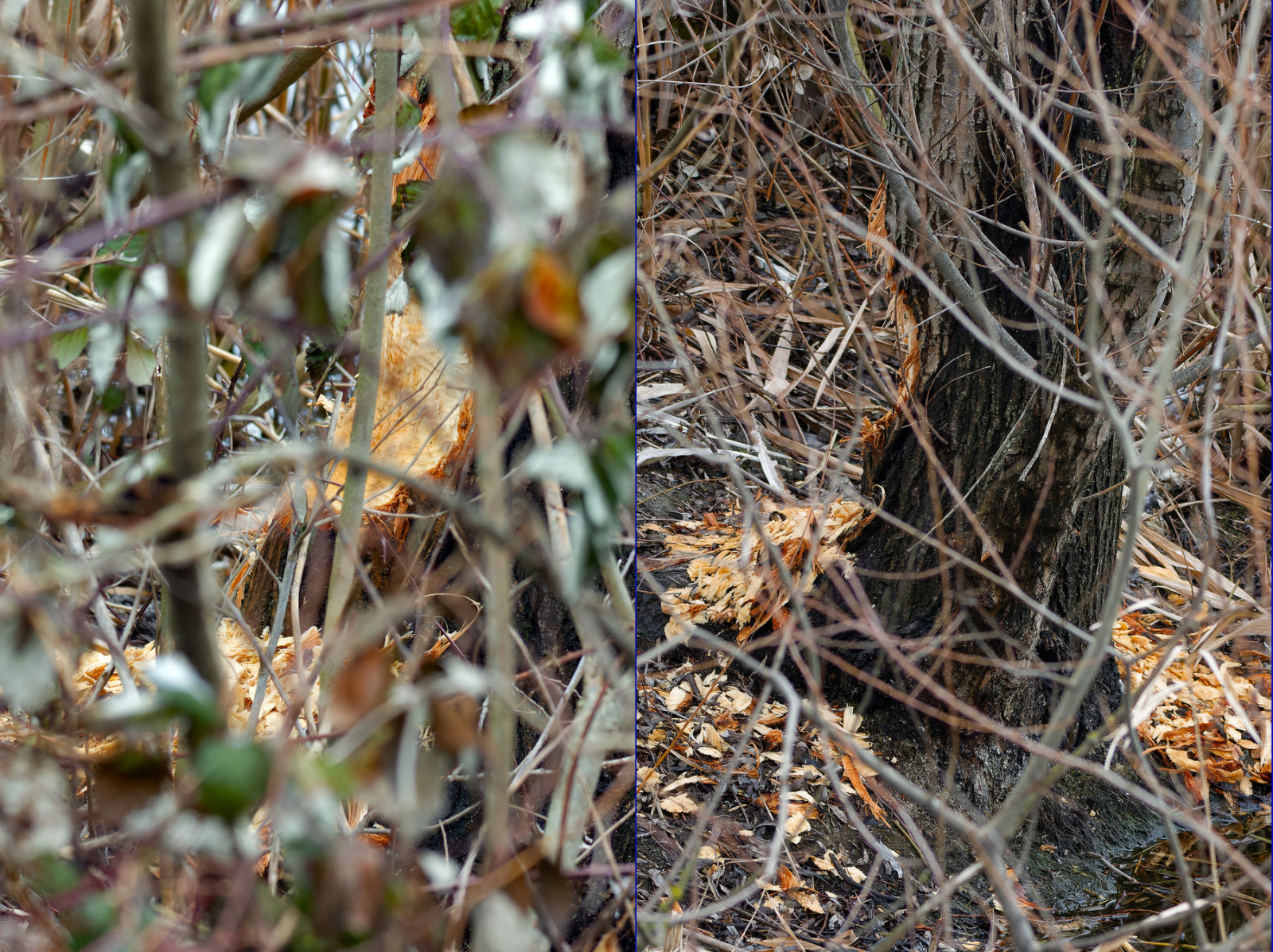Beschreibung
The Reva Pond lies in the suburb of Krnjaca. A century ago, this was the canal that was naturally draining the 400 km2 (155 mi2) of wetland, of which nowadays only narrow backwaters, and some ponds, like Reva, remain.
Reva has the semi-natural feeling of a forgotten green oasis at the outskirts of a busy city. Four active nests of Seeadler s are located in this and the neighbouring Reva-Čapljin Levees area, making this the highest population density of this species anywhere in Serbia! Of course, their foraging areas cover a much larger territory of tens of square kilometers each.
Hence, the local highlights are Seeadlers, easily spotted Zwergdommels and Rallenreihers, and the most successful Höckerschwan pair in the city (commonly raising 8 grey fluffy chicks each year), Moorente, Knäkente, Turteltaube, Weißbart-Seeschwalbe, Wasserralle, Schwarzstorch, Zwergscharbe, Blutspecht, Kuckuck, Baumfalke, Neuntöter, Kolkrabe, Beutelmeise and Rohrammer, among the 150 locally recorded bird species (120 of them strictly protected).
Also, this is a good site for aquatic mammals, especially Eurasian Otter spotting. Keep in mind that Coypu (Nutria) is quite common and that you can confuse this species with an otter. Also present, obvious after its tooth work, but never spotted, is the nocturnal Eurasian Beaver.
The Reva Pond is a part of the international ecological corridor along the Danube River, as well as the “Confluence of the Sava and the Danube Rivers” Important Bird Area (IBA).
Photos by Josip Saric, Dragan Simic and Mileta Cekovic.
Details
Zugang
Leave the bus 108 at the stop called the Oil Refinery Belgrade and follow the asphalt road left of the blue Jeep Commerce building until you reach the bridge over the Reva pond. Carry plenty of water on hot days. To round up the experience, first get yourself a cup of take away coffee at the nearby Mol Petrol Station.
Click on the P in the map to get driving directions.
Terrain und Habitat
Feuchtgebiet , Wald , See , SchilfflächenBedingungen
Flach , Kein SchattenRundweg
NeinIst ein Spektiv nützlich?
Möglicherweise hilfreichGute Beobachtungszeit
GanzjährigBeste Beobachtungszeit
Frühjahrszug , Herbstzug , Frühjahr , WinterRoute
asphaltierte StraßeSchwierigkeitsgrad der Tour
EinfachErreichbarkeit
zu Fuß , Fahrrad , AutoBeobachtungshütten oder -türme
NeinZusätzliche Informationen
On sunny days try not to come here too early, because most of the pond stretches towards the east and the sun glare on the water surface will effectively blind you.





